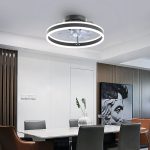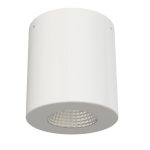Innovative Lighting: The Story of When LED Light Bulbs were Invented
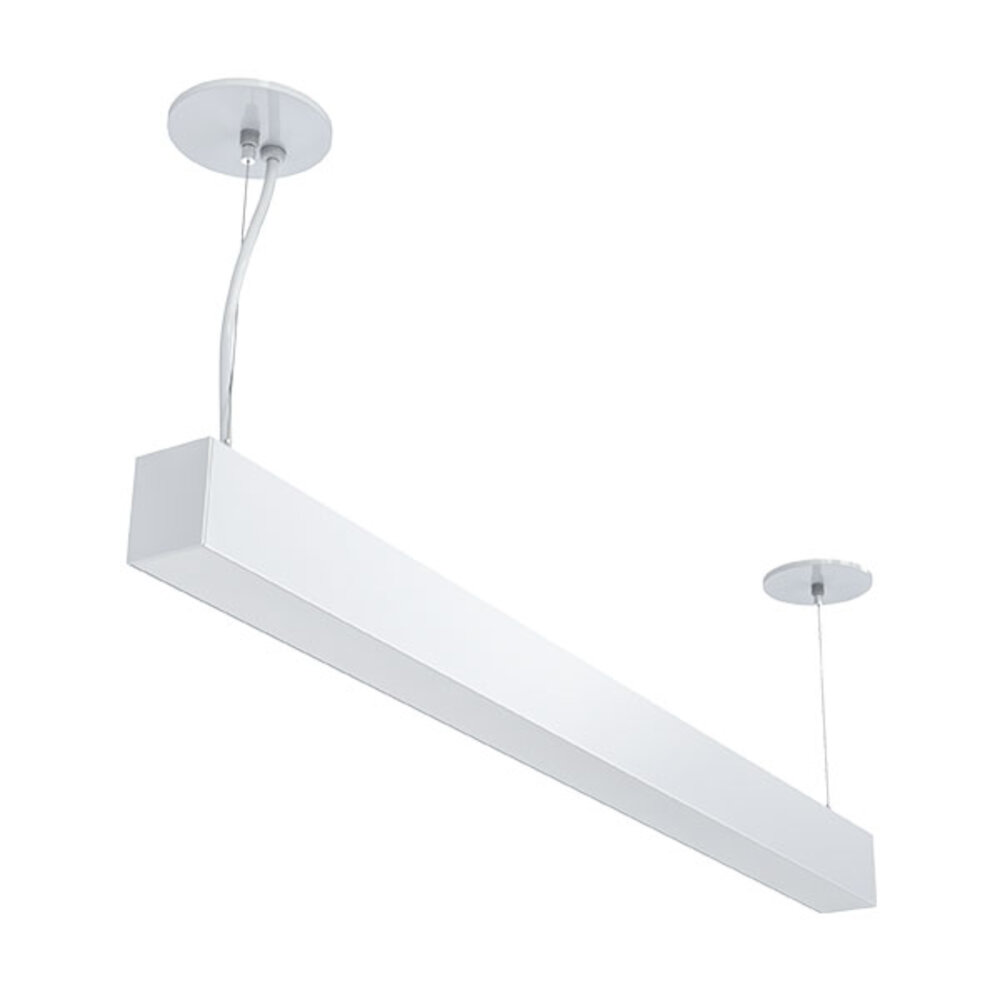
Innovation has been an integral part of human civilization since the dawn of time. From fire to electricity, humans have always strived to create new and better ways of lighting up their surroundings. One of the most significant innovations in lighting technology in recent years has been the invention of LED light bulbs. These bulbs are energy-efficient, long-lasting, and cost-effective, making them an excellent alternative to traditional incandescent bulbs. In this article, we will delve into the story of when LED light bulbs were invented, exploring the history, science, and impact of this revolutionary technology. The invention of LED light bulbs was a significant milestone in the history of lighting technology. Unlike incandescent bulbs, which use a filament to produce light, LED bulbs rely on a semiconductor to emit light. This technology was first discovered in 1907 by H. J. Round, an engineer at Marconi Labs in England. However, it was not until the 1960s that scientists began to develop practical applications for LED technology. At first, these applications were limited to electronic displays, but as the technology improved, researchers began to explore the potential for using LED bulbs in general lighting applications. Today, LED light bulbs are the preferred choice for many consumers, and their popularity continues to grow as they become more affordable and accessible.
The history of lighting technology is a fascinating one that spans many centuries. Early forms of lighting included simple candles and oil lamps, which were gradually replaced by gas lighting in the 1800s. The invention of the incandescent light bulb by Thomas Edison in 1879 revolutionized the way we think about lighting, and it remained the dominant technology for over a century. However, as concerns about energy efficiency and sustainability grew, researchers began to explore new options. The first LED (light-emitting diode) was invented in the 1960s, but it wasn’t until the 21st century that LED technology began to really take off. Today, LED lighting is widely used in homes, businesses, and public spaces, offering a range of benefits including energy efficiency, durability, and versatility.
The advent of LED light bulbs has paved the way for energy-efficient lighting solutions. The need for energy-efficient lighting has become more apparent as we face the challenges of climate change and dwindling resources. LED light bulbs consume less energy and have a longer lifespan compared to traditional incandescent bulbs. Additionally, they emit less heat, reducing the strain on air conditioning systems. The energy savings from using LED bulbs can significantly reduce electricity bills and help conserve the environment. With innovative lighting solutions like LED bulbs, we can make a positive impact on the environment without compromising on the quality of lighting.
The invention of LED light bulbs was a groundbreaking moment in the history of lighting. It revolutionized the way we light our homes and workplaces, providing a more energy-efficient and cost-effective solution than traditional incandescent bulbs. The development of LED technology was a long and arduous process, with many scientists and researchers working tirelessly to perfect the design. The result was a light bulb that not only lasts longer but also emits brighter and more natural light. This innovation has had a significant impact on our daily lives, with LED lights now being used in a wide range of applications, from street lighting to television displays. The invention of LED light bulbs represents a significant achievement in the field of lighting and a testament to human ingenuity and innovation.
The Early Years of LED
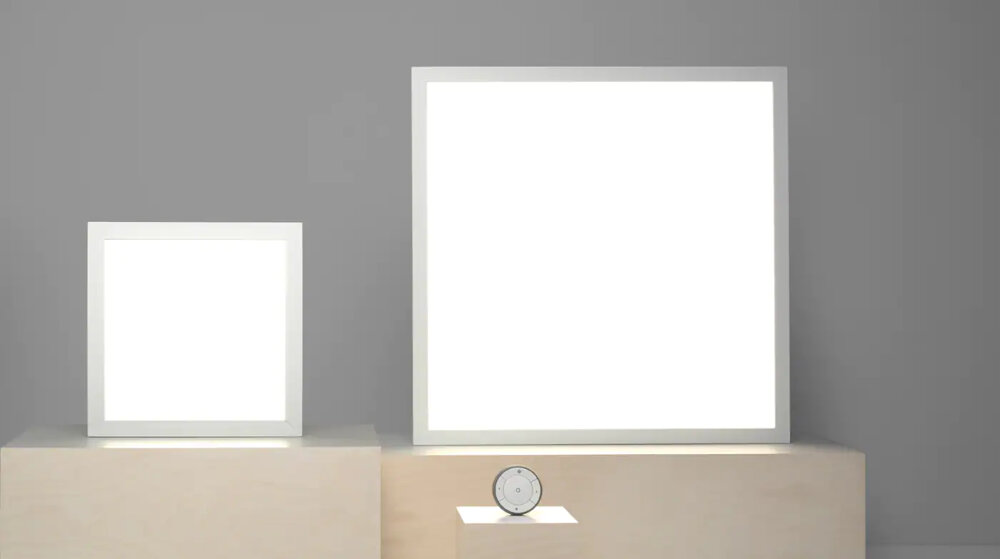
The early years of LED were marked by several breakthroughs in technology and a growing interest in energy-efficient lighting solutions. In the 1960s, researchers at General Electric discovered that certain semi-conducting materials could emit light when an electric current passed through them. This discovery led to the development of the first LED, which emitted a red light. However, it wasn’t until the 1970s that LED technology began to be used in practical applications such as electronic devices and digital displays. In the 1990s, LED technology advanced rapidly, and researchers began to develop LEDs that emitted colors other than red. This led to the development of the first white LED, which was created by combining a blue LED with a yellow phosphor coating. The invention of the white LED paved the way for the development of LED lighting solutions for homes and businesses, as white light is the most commonly used form of lighting. Today, LED technology continues to evolve, and LED light bulbs are becoming increasingly popular as consumers seek out energy-efficient and long-lasting lighting solutions.
The discovery of the LED effect was a groundbreaking moment in the history of lighting technology. In 1927, Russian scientist Oleg Vladimirovich Losev observed that a diode made of silicon carbide could emit light when an electric current was passed through it. However, it wasn’t until the 1960s that the first practical LED was developed by Nick Holonyak Jr. at General Electric. This new technology quickly became known for its energy efficiency, durability, and versatility. Today, LED lighting has become ubiquitous in our daily lives, from streetlights to televisions, and continues to revolutionize the way we light our homes and cities.
Early LED prototypes mark a significant milestone in the history of lighting technology. In the late 1950s, Nick Holonyak, a young scientist at General Electric, invented the first visible-spectrum LED. His creation was a small red light, made from a semiconductor material, that emitted light when an electric current was applied. This groundbreaking invention paved the way for further research and development into LED technology, which was initially used in electronic devices such as calculators and digital watches. However, it was not until the 1990s that LED lighting became commercially viable and started to replace traditional incandescent bulbs. The early LED prototypes were a testament to human ingenuity and innovation, and have transformed the way we light our homes and workplaces.
The commercialization of LED technology has faced several challenges, despite its benefits over traditional lighting methods. One of the primary issues is the higher initial cost of LED bulbs compared to incandescent bulbs, which has hindered widespread adoption. Additionally, the complexity of LED technology and the lack of standardization in the industry have made it difficult for consumers to understand the differences between products and choose the best option for their needs. Furthermore, the long lifespan of LED bulbs has created a shift in the business model from repeat sales to a focus on quality and durability, which has required companies to adapt their marketing strategies. Despite these challenges, the increasing demand for energy-efficient and environmentally-friendly lighting options has driven the growth of the LED industry, and continued innovation is expected to address these obstacles in the future.
The Rise of LED Lighting
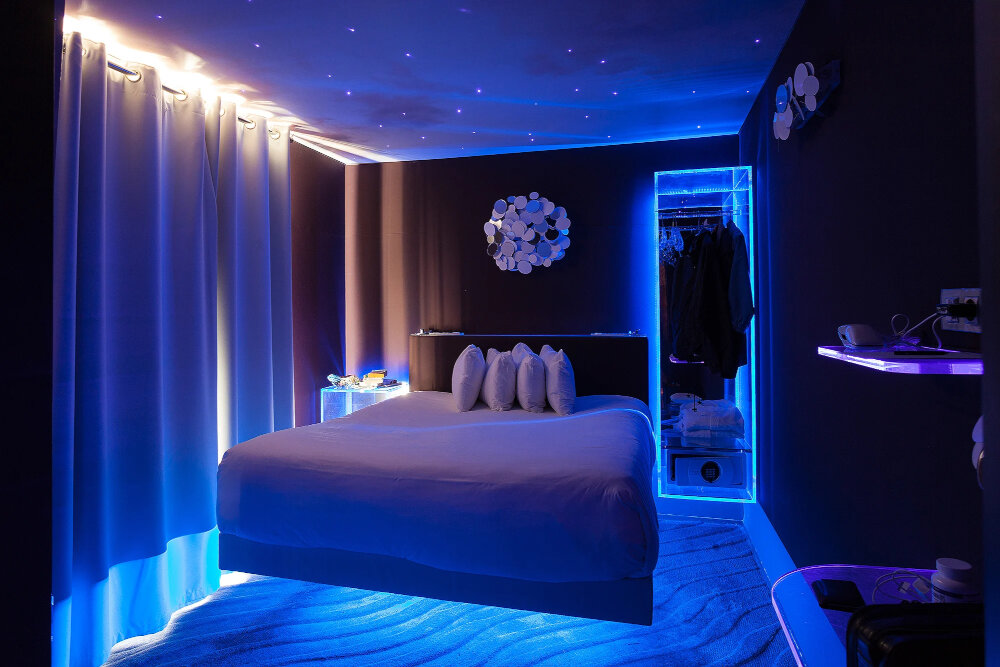
The rise of LED lighting has been remarkable in recent years, transforming the way we light up our homes, workplaces, and cities. LED lighting is an energy-efficient, long-lasting, and eco-friendly alternative to traditional incandescent bulbs, which are slowly becoming obsolete. Unlike incandescent bulbs, LED bulbs produce light by passing an electric current through a semiconductor material, which emits light energy in the form of photons. This allows LED bulbs to produce more light per watt of energy consumed, resulting in significant energy savings and lower electricity bills. Moreover, LED bulbs have a longer lifespan than traditional bulbs, lasting up to 25,000 hours or more, which means they need to be replaced less often, reducing waste and saving money. The rise of LED lighting has also opened up new possibilities in lighting design and technology. LED bulbs can be made in a variety of shapes, sizes, and colors, allowing for greater flexibility and creativity in lighting design. LED lighting can also be integrated with smart home technology, enabling users to control and customize their lighting remotely using a smartphone app. In addition, LED lighting can be used in a range of applications, from street lighting and outdoor signage to interior lighting and decorative lighting. As LED lighting continues to evolve, we can expect to see even more innovative uses and designs in the future.
Over the years, LED technology has undergone significant advancements, making it one of the most sought-after lighting solutions in the market. LED bulbs are now capable of producing brighter light while consuming less energy, thanks to improvements in chip technology and better heat dissipation methods. Moreover, LED bulbs now come in a range of colors, from warm to cool tones, making them versatile for different lighting applications. Additionally, LED bulbs are now available in a variety of shapes and sizes, making them perfect replacements for traditional incandescent bulbs. With these advancements, LED bulbs have become an essential component in modern lighting fixtures that offer energy efficiency, durability, and style.
LED lighting, or Light Emitting Diode lighting, has revolutionized the way we light up our homes, offices, and streets. The benefits of LED lighting are many, including energy efficiency, durability, and longer lifespan. LED bulbs consume 75% less energy than traditional incandescent bulbs, resulting in significant cost savings on electricity bills. Moreover, LED bulbs last up to 25 times longer than incandescent bulbs, reducing the need for frequent replacements. LED lighting is also more durable and resistant to breakage, making it an ideal option for outdoor lighting or in areas prone to vibration or impact. With a wide variety of colors, shapes, and sizes available, LED lighting offers endless possibilities for innovative lighting designs.
The adoption of LED lighting has been a game-changer for various industries, from commercial and residential lighting to automotive and aviation. The energy efficiency, durability, and versatility of LED lights have made them a preferred choice for businesses and consumers alike. The automotive industry has embraced LED lighting for its long lifespan and low power consumption, which translates into savings on fuel and maintenance costs. Similarly, the aviation industry has also used LED lighting for its durability and reliability in harsh environments. In addition, LED lighting has enabled the creation of innovative lighting designs in commercial and residential buildings, providing energy-efficient lighting solutions while enhancing aesthetics. Overall, the adoption of LED lighting has revolutionized the way we light our homes, workplaces, and transportation, offering a brighter, more sustainable future.
The Impact of LED Lighting
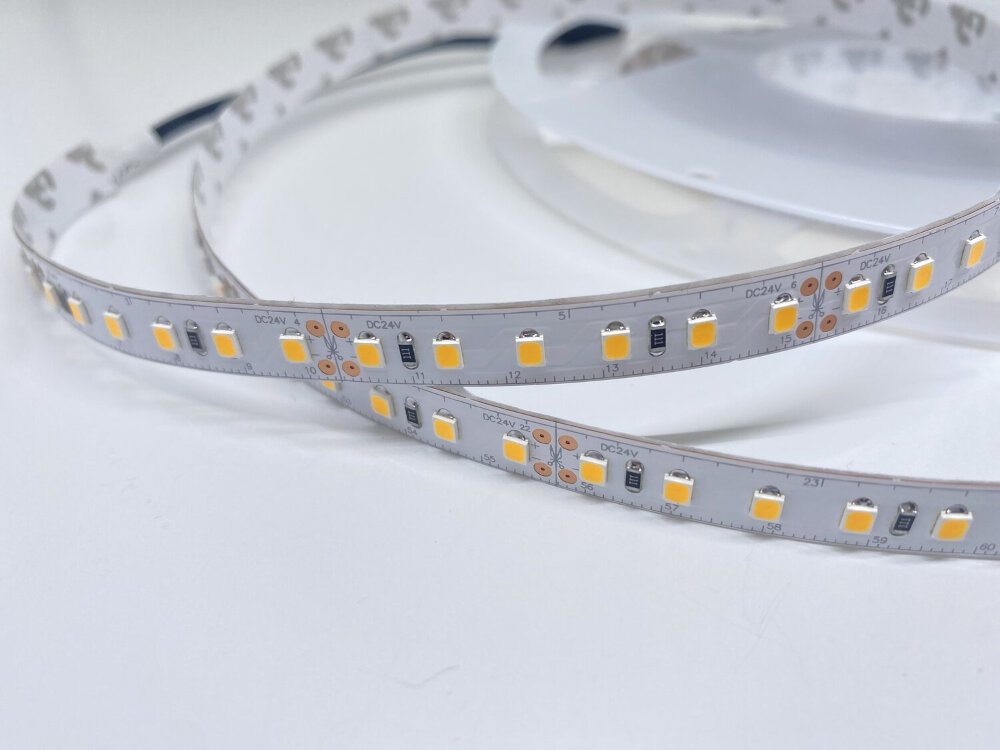
LED lighting has revolutionized the lighting industry with its energy efficiency, long lifespan, and versatility. LED lights use significantly less energy than traditional incandescent bulbs, making them an eco-friendly option that also saves money on energy bills. They also have a longer lifespan, lasting up to 25 times longer than incandescent bulbs. This means fewer replacements are needed, reducing waste and maintenance costs. Additionally, LED lights emit less heat, making them safer to use and reducing the risk of fire hazards. The impact of LED lighting goes beyond just energy savings and safety. LED lights are also highly versatile and can be used in a variety of settings, from homes and offices to outdoor spaces and sports stadiums. They come in a range of colors and can be programmed to create different lighting effects, allowing for customization to suit specific needs and preferences. LED lighting has also been used in innovative ways, such as in smart lighting systems that can be controlled remotely or through voice commands. Overall, LED lighting has had a significant impact on the lighting industry and has changed the way we think about lighting our homes and businesses.
LED lighting has emerged as a revolutionary technology in recent years, offering numerous environmental benefits over traditional sources of lighting. Firstly, LED lights consume significantly less energy than incandescent or fluorescent bulbs, resulting in a significant reduction in carbon emissions. Additionally, LED lighting does not contain toxic materials such as mercury, which can cause harm to the environment during disposal. LED lights also have a longer lifespan, reducing the need for frequent replacements and ultimately reducing waste. Finally, LED lighting can be designed to be directional, reducing light pollution and allowing for more efficient use of light. Overall, the adoption of LED lighting represents a significant step towards a more sustainable and environmentally conscious future.
The invention of LED lighting has revolutionized the way we light up our world. LED lights are more energy-efficient than traditional incandescent bulbs, consuming up to 90% less energy to produce the same amount of light. This translates into significant cost savings over time, as well as reducing greenhouse gas emissions associated with energy production. Furthermore, LED lights have a longer lifespan, lasting up to 25 times longer than incandescent bulbs, which means less frequent replacements and less waste. With the rapid advancement of LED technology, the future of lighting is looking brighter and more sustainable.
The emergence of LED lighting has played a crucial role in sustainable development. With its energy-efficient and long-lasting features, LED lighting has become an essential element in reducing the carbon footprint and promoting green living. Compared to traditional light bulbs, LED lights consume less energy, which translates to lower electricity costs and reduced CO2 emissions. Additionally, LED lights have a longer lifespan, which means they require less frequent replacements and contribute to less waste. LED lighting also allows for better control over lighting levels and patterns, enabling users to optimize energy use further. In summary, LED lighting has proven to be a game-changer in sustainable development, providing a reliable and eco-friendly lighting solution for homes and businesses alike.
The Future of LED Lighting
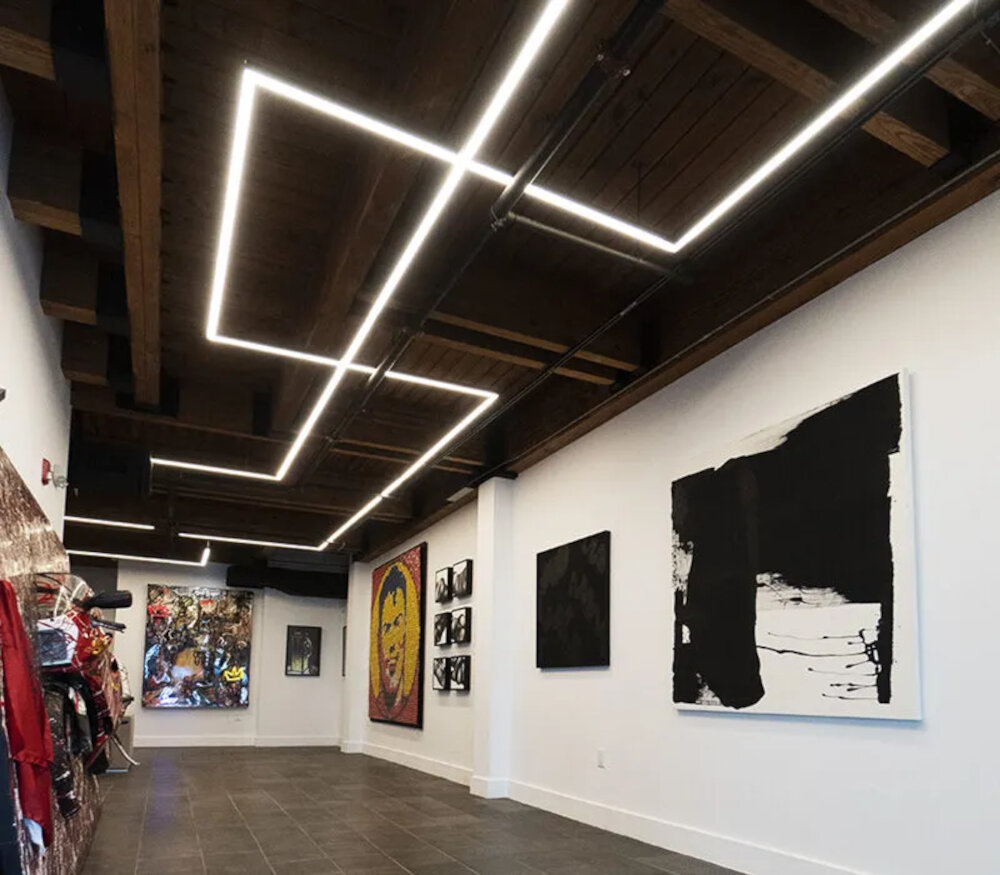
The future of LED lighting is bright, quite literally. LED technology has revolutionized the lighting industry and has replaced traditional lighting methods in many applications. LEDs offer several advantages over traditional lighting technologies such as incandescent bulbs, fluorescent tubes, and halogen lamps. They are highly efficient, durable, and cost-effective, making them an ideal choice for residential, commercial, and industrial lighting applications. Furthermore, LEDs are eco-friendly as they consume less energy and produce less heat, reducing the carbon footprint of buildings and homes. LED lighting technology is continually evolving, and the future looks promising. In the coming years, we can expect to see more innovative developments in LED lighting. For example, scientists are researching new materials and manufacturing methods to create even more efficient LEDs. We can also expect to see more intelligent lighting solutions that use sensors and automation to adjust the lighting based on the environment and user needs. Additionally, the integration of LED lighting with the Internet of Things (IoT) will lead to the creation of smart lighting systems that can be controlled remotely and can provide valuable insights into energy usage and building performance. Overall, the future of LED lighting is exciting, and we can expect to see many more innovative solutions that will continue to transform the way we light our homes and buildings.
The advancements in LED technology have significantly transformed the lighting industry. LED lights are highly efficient, durable, and eco-friendly. They consume less energy than traditional bulbs, thus reducing energy bills and carbon footprint. Additionally, LED lights have a longer lifespan than incandescent bulbs, requiring fewer replacements, which leads to cost savings. The color temperature and brightness of LED lights are also adjustable, providing greater control over lighting conditions. Furthermore, the development of smart LED lights has allowed for remote control via smartphone apps, voice assistants, and other devices, making them easier to use and customize. As LED technology continues to evolve, we can expect even more innovative lighting solutions that enhance our daily lives.
The introduction of LED lighting has revolutionized the way we think about lighting, not only from an energy-saving perspective but also from a smart city perspective. LED lighting can be integrated with smart city technology, providing a range of benefits for cities and their inhabitants. LED lighting can be used to monitor air quality, traffic flow, and pedestrian activity. It can also be used to create dynamic lighting environments that adapt to the needs of the community. With the ability to be controlled remotely, LED lighting can be used to reduce energy consumption and maintenance costs, making it an excellent choice for cities looking to improve their sustainability. LED lighting is a key component in the development of smart cities, and its potential is only just beginning to be realized.
The future of LED lighting presents both challenges and opportunities. While LED technology has advanced significantly over the years, there are still barriers to widespread adoption, including high upfront costs and a lack of consumer awareness. However, as the demand for energy-efficient lighting increases and the cost of LED products continues to decrease, there is a significant opportunity for growth in the market. Additionally, the emergence of smart lighting technology, which allows for remote control and automation, presents an exciting opportunity for the industry. As LED lighting becomes more widely adopted and integrated with other smart home devices, the potential for energy savings and improved quality of life is significant. Overall, the future of LED lighting is bright, and the industry is poised for continued growth and innovation.
The invention of LED light bulbs has revolutionized the lighting industry, providing an energy-efficient and long-lasting alternative to traditional incandescent bulbs. LED technology was first developed in the 1960s, but it wasn’t until the 1990s that it became practical for use in lighting applications. Since then, LED light bulbs have become increasingly popular due to their many benefits, including their long lifespan, low energy consumption, and reduced environmental impact. Additionally, LED bulbs offer greater versatility in terms of color and brightness, making them ideal for a wide range of applications from residential to commercial settings. With the continued advancement of LED technology, it is expected that LED light bulbs will continue to play a significant role in shaping the future of lighting.
The invention of LED lighting has brought about a revolution in the lighting industry, and its potential for a sustainable future is immeasurable. LED lighting is highly energy-efficient as it consumes up to 80% less energy than traditional incandescent bulbs. Additionally, LED bulbs last much longer, reducing the need for frequent replacements and minimizing waste. This technology also has a positive impact on the environment, emitting significantly less carbon dioxide compared to other lighting sources. The versatility of LED light bulbs makes them ideal for different applications, including street lighting, automotive lighting, and horticulture lighting, among others. With the continuous advancements in LED technology, the future potential of LED lighting is limitless and promises to contribute significantly to a sustainable future.
Conclusion
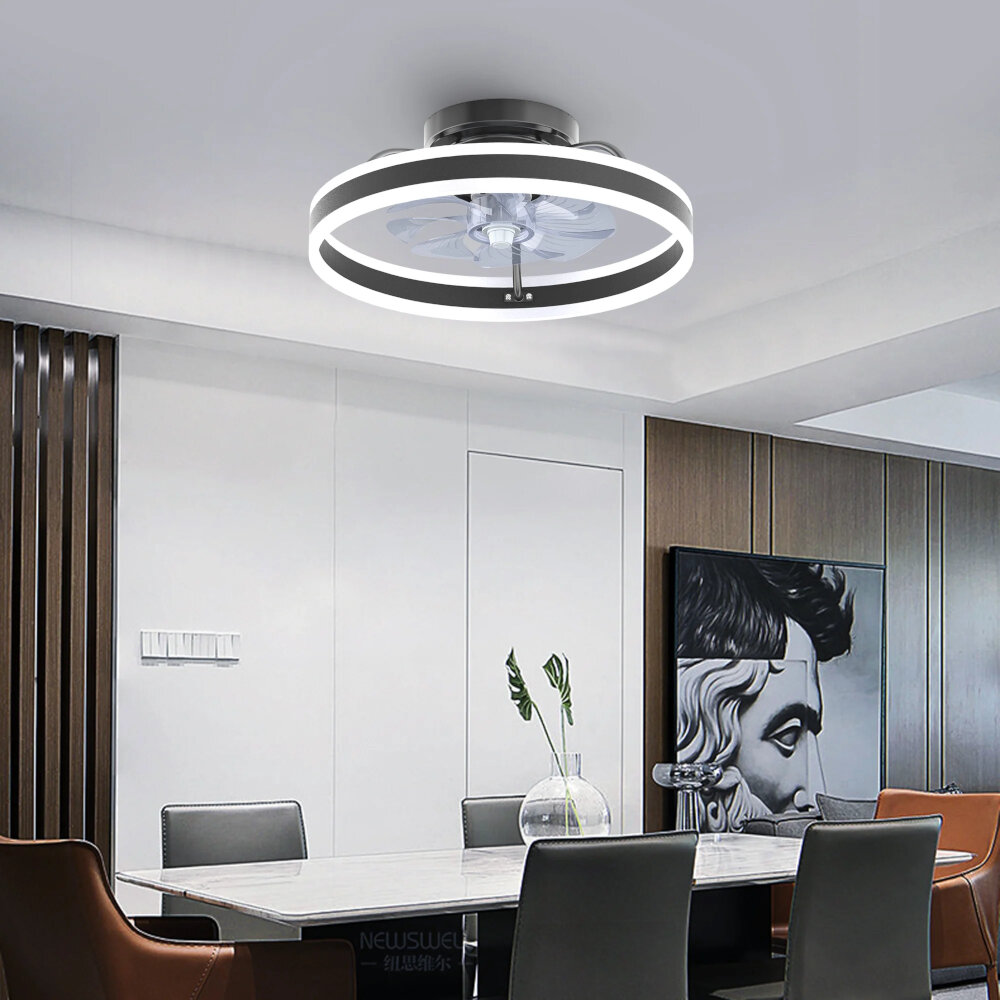
In conclusion, the story of when LED light bulbs were invented is a remarkable tale of innovation and perseverance. From the early days of experimentation to the current day, LED lighting has transformed the way we light our homes, businesses, and cities. The benefits of LED lighting are numerous, from energy efficiency and cost savings to improved safety and environmental sustainability. With the ongoing development of new technologies, the future of LED lighting looks brighter than ever before. As we move forward into a more sustainable and energy-conscious world, LED lighting will continue to play a crucial role in shaping the way we live, work, and interact with our environment. It is truly a testament to the power of human ingenuity and the endless possibilities of scientific discovery.

